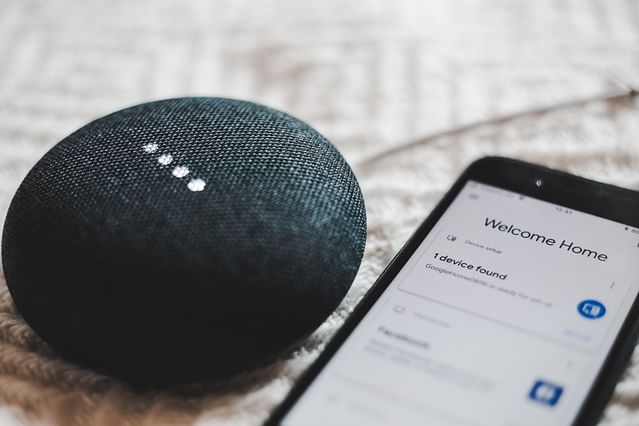
How to Use Home Assistant and WLED for Complete Home Automation
If you're looking to fully automate your home, Home Assistant and WLED are two excellent tools that can help you achieve your goal with ease. In this post, we will explain what Home Assistant and WLED are, how they work together, and how you can use them for complete home automation.
What is Home Assistant?
Home Assistant is an open-source home automation platform that allows you to automate various aspects of your home, including lights, switches, locks, and much more. It is compatible with a wide range of smart home devices, including Google Home, Amazon Echo, Philips Hue, and many others.
One of the great things about Home Assistant is that it is highly customizable and allows you to set up your automated home exactly the way you want it. You can create custom automations, set up location-based triggers, and even create your own dashboard.
What is WLED?
WLED is an open-source software that allows you to control RGB LED strips. It is compatible with various controllers, including ESP8266 and ESP32, and can be used with a wide range of LED strips and lights, including WS2812, SK6812, and LPD8806.
WLED is easy to install and set up, and once it's up and running, you can control your LED lights from your smartphone or computer. You can set up timers, schedule color changes, and even sync your lights to your music.
How do they work together?
Home Assistant and WLED work together seamlessly, allowing you to integrate your LED lights into your home automation system. By connecting your WLED device to Home Assistant, you can control your LED lights alongside your other smart home devices.
To get started, you'll need to set up your WLED device by following the instructions provided by the manufacturer. Once you've done that, you can add your WLED device to Home Assistant by following these steps:
- Go to the Home Assistant dashboard and click on "Configuration."
- Click on "Integrations" and then on the "+" button to add a new integration.
- Search for "WLED" and click on it.
- Enter the IP address of your WLED device and click on "Submit."
- Follow the instructions to complete the setup.
Once you've added your WLED device to Home Assistant, you can control your LED lights from the Home Assistant dashboard or from your smartphone.
How can you use them for complete home automation?
With Home Assistant and WLED, you can automate your LED lights, creating custom color schemes that match your mood or the occasion. You can set up schedules that automatically turn on your lights at specific times, or you can control your lights using voice commands through Google Home or Amazon Echo.
Home Assistant also allows you to create complex automations that integrate your LED lights with other smart home devices. For example, you can set up an automation that turns on your lights when you unlock your front door or turns them off when you say "Good night" to Google Home.
Overall, Home Assistant and WLED are two powerful tools that can help you achieve complete home automation. By integrating your LED lights with your smart home devices, you can create a fully automated home that matches your lifestyle and improves your quality of life.
Posted on: Aug 11, 2022 Last updated at: May 4, 2023